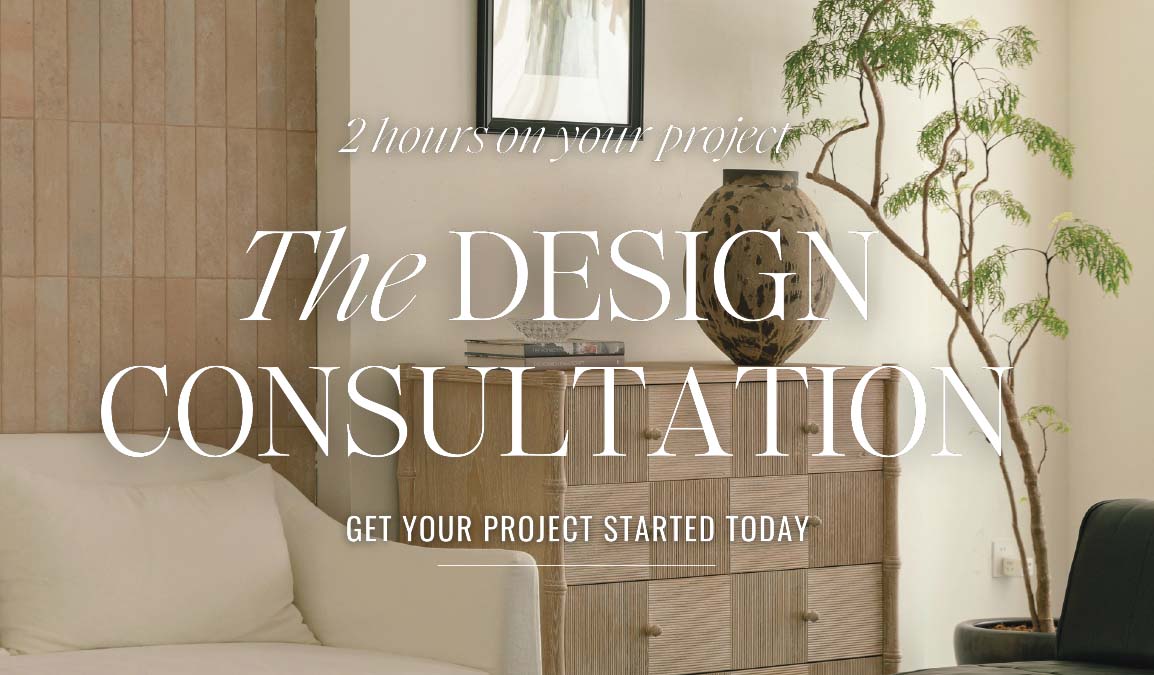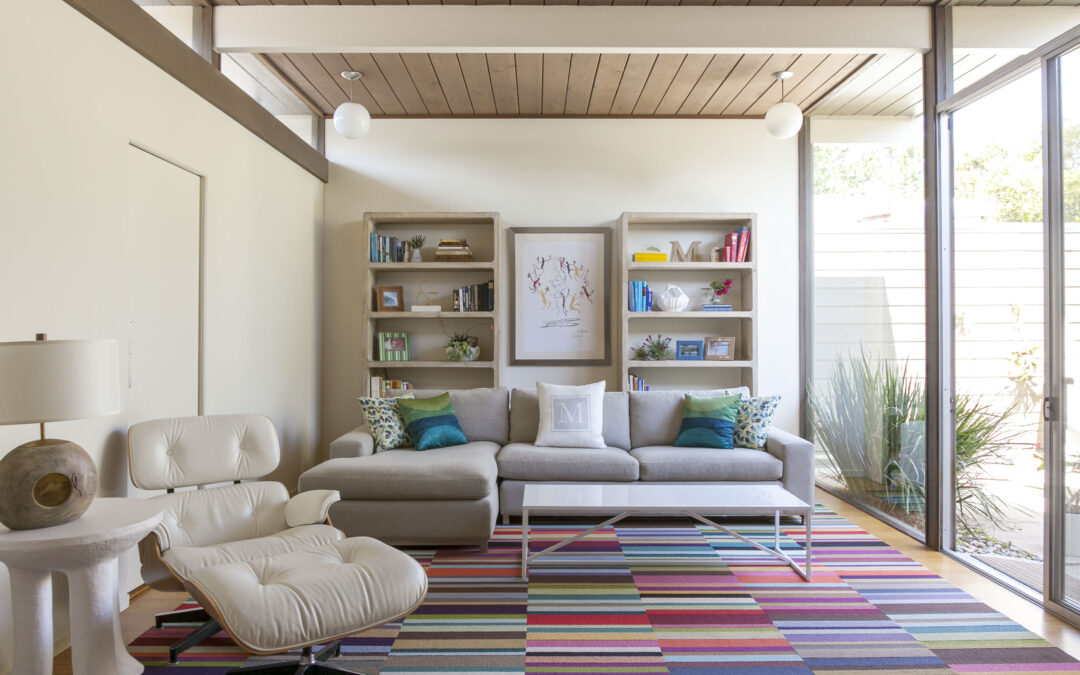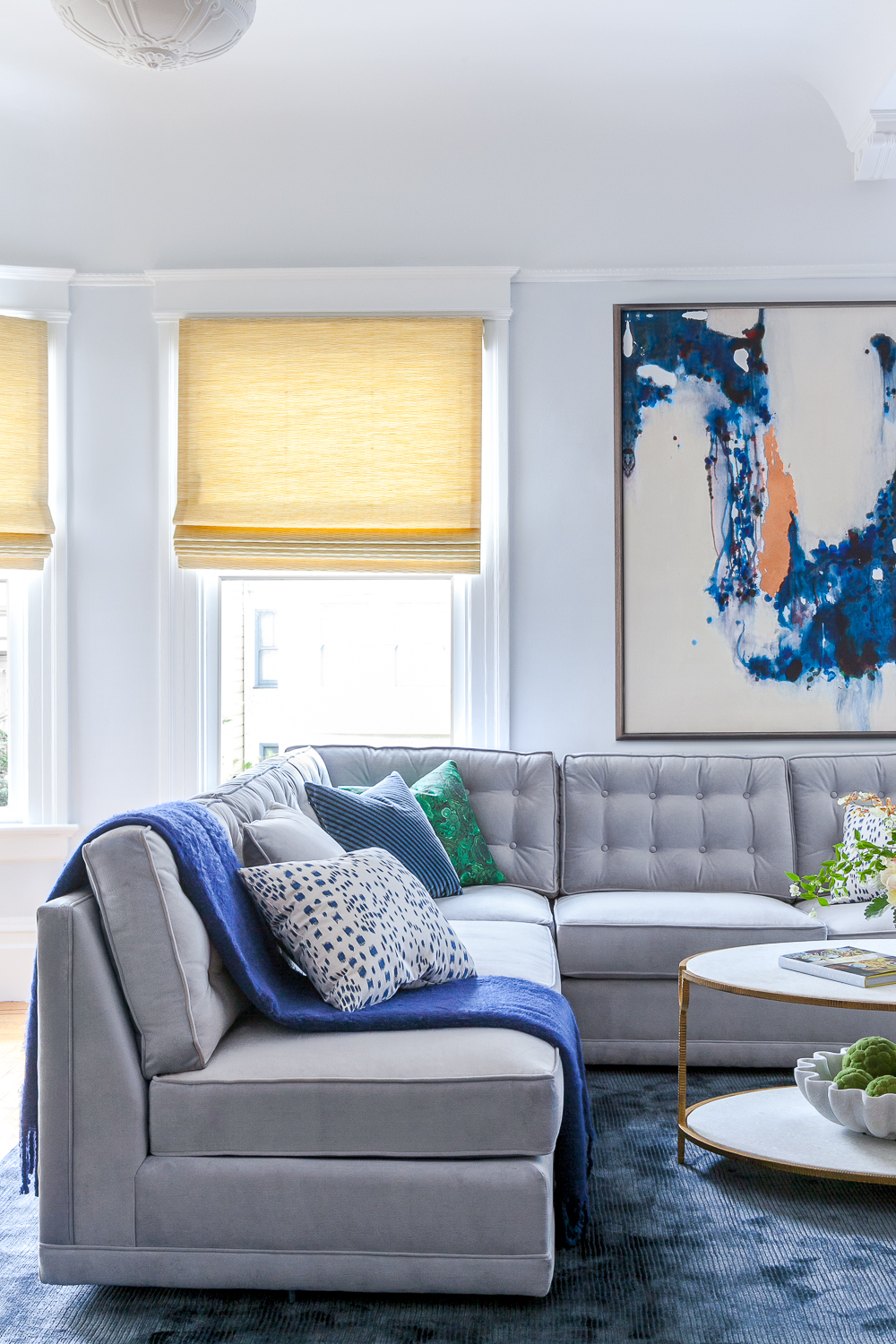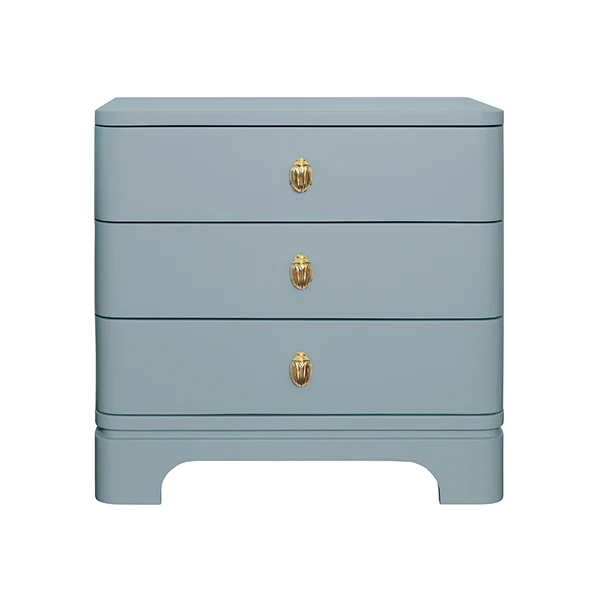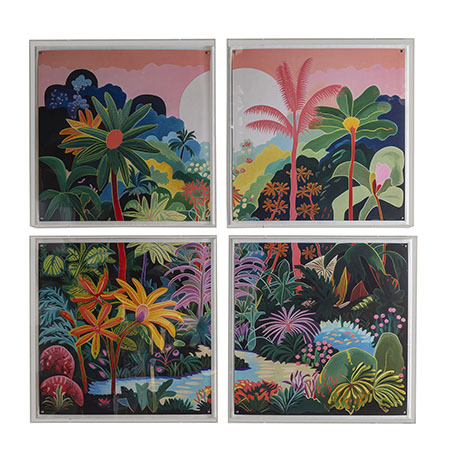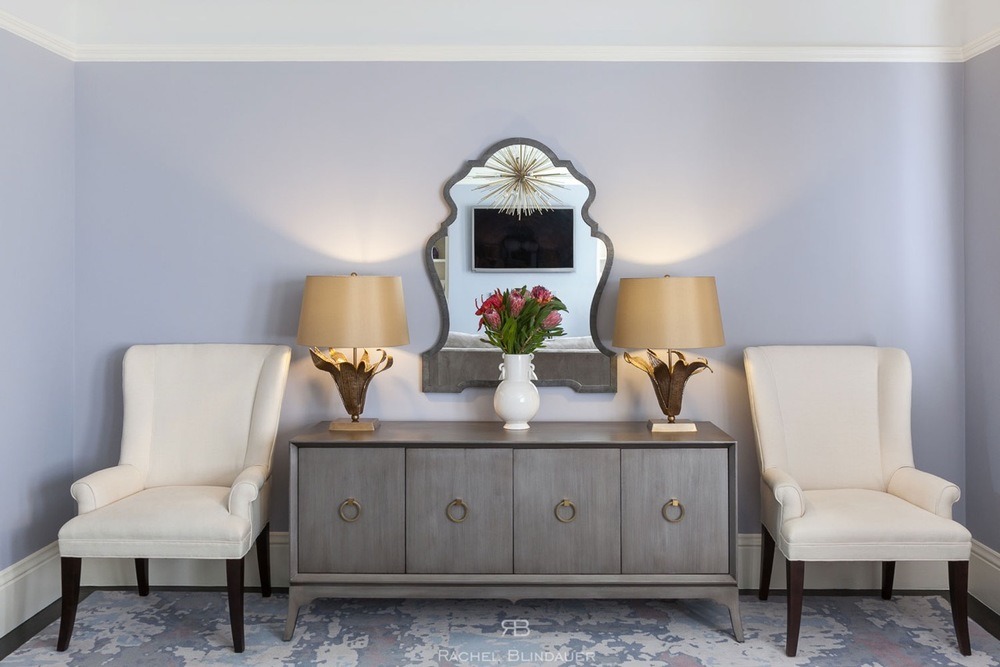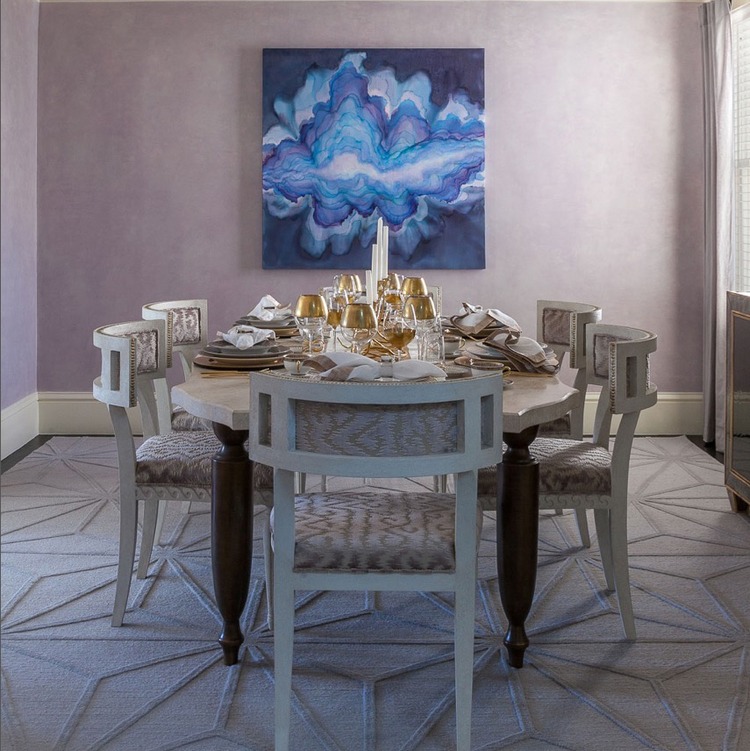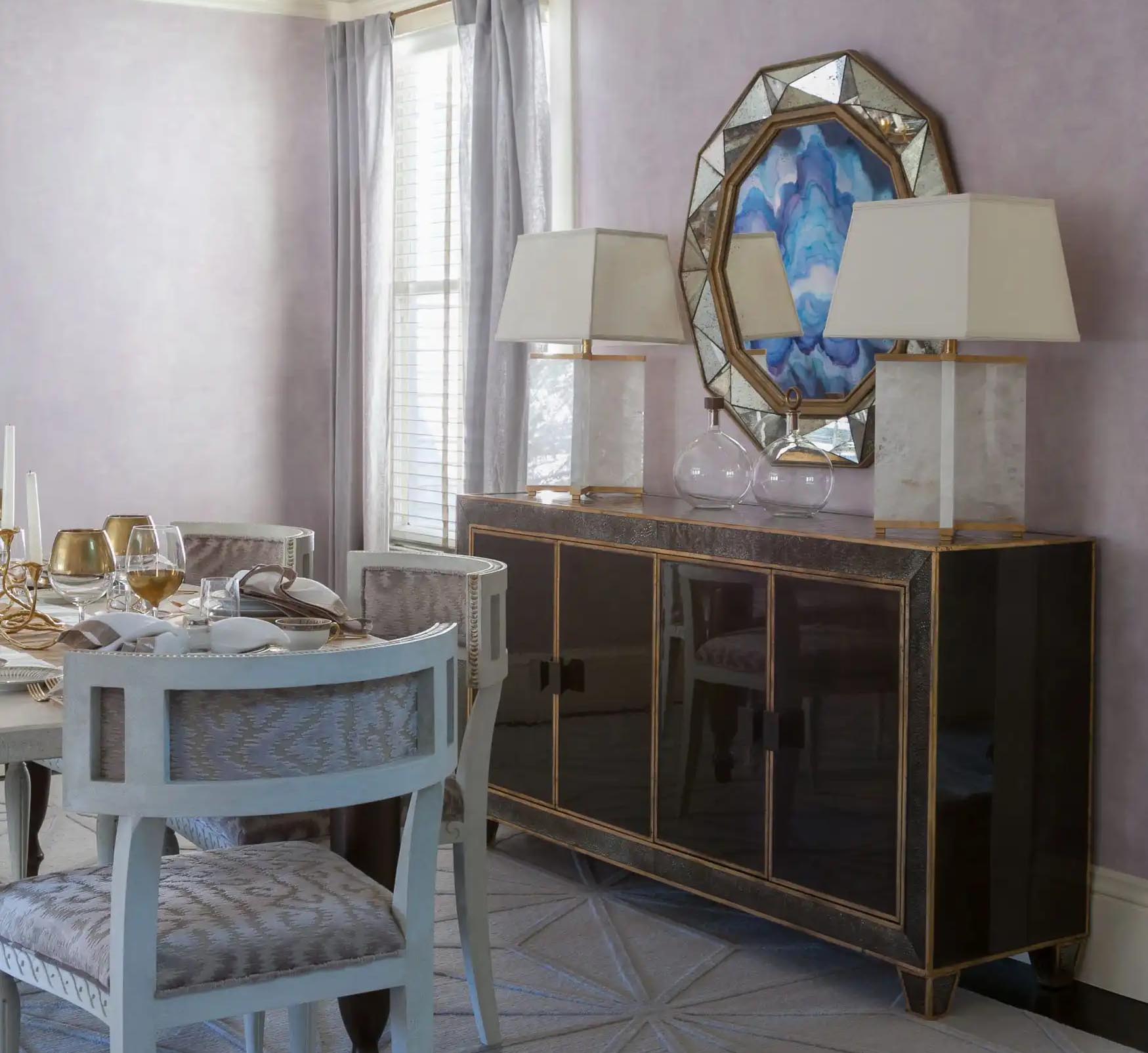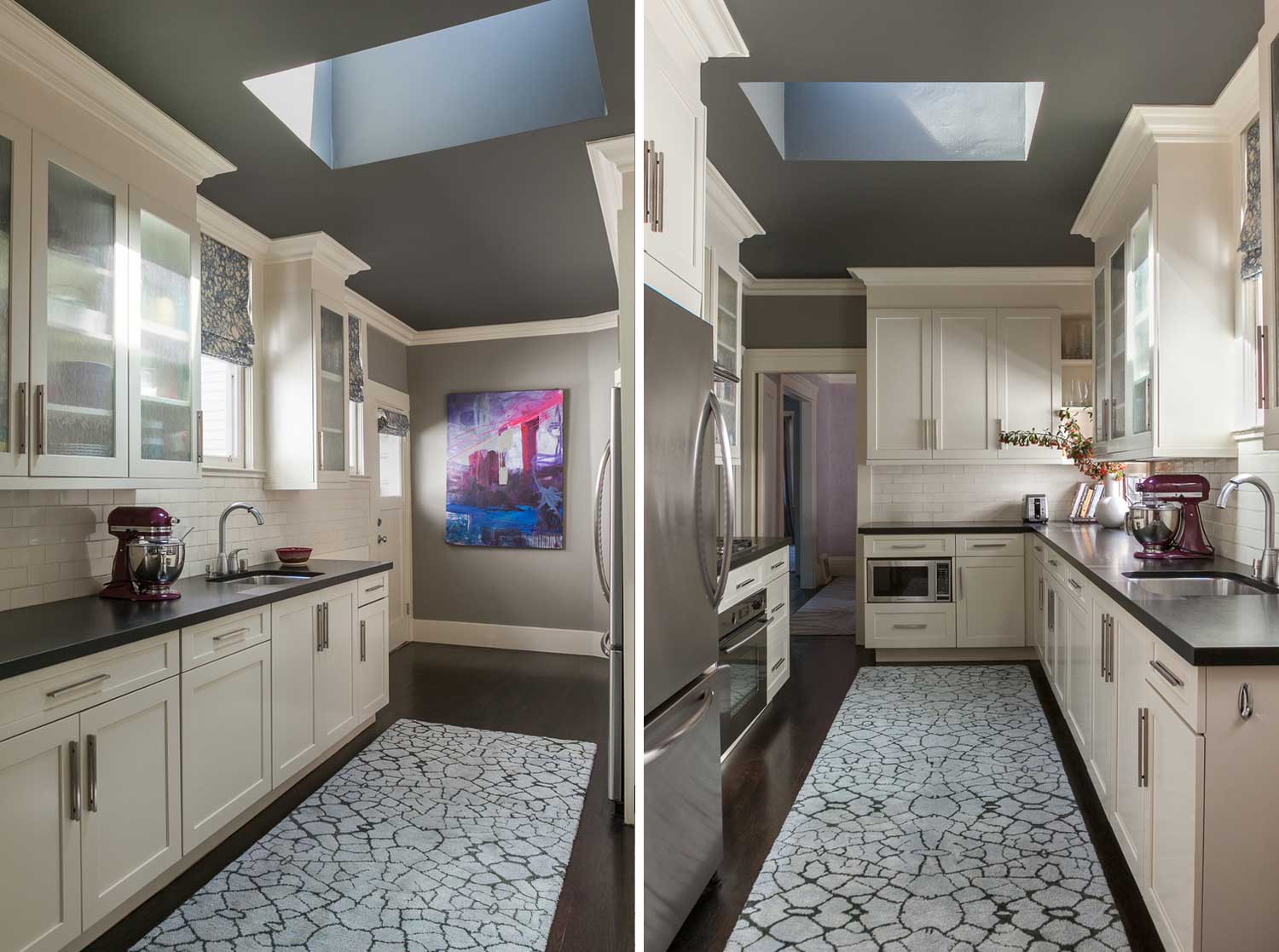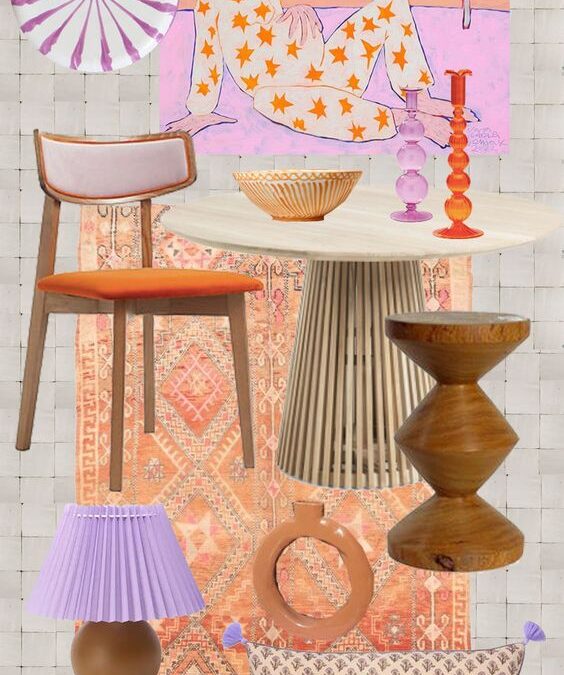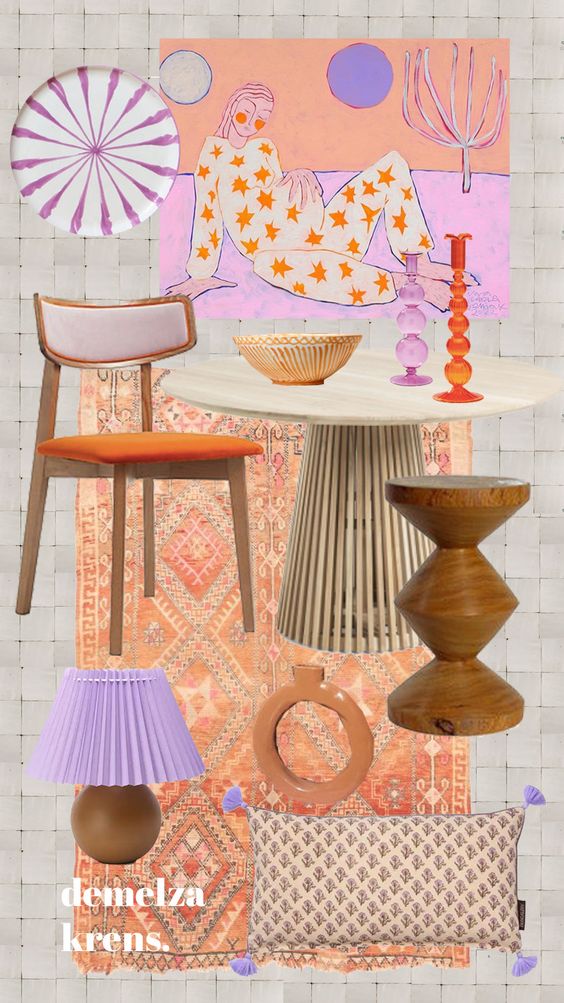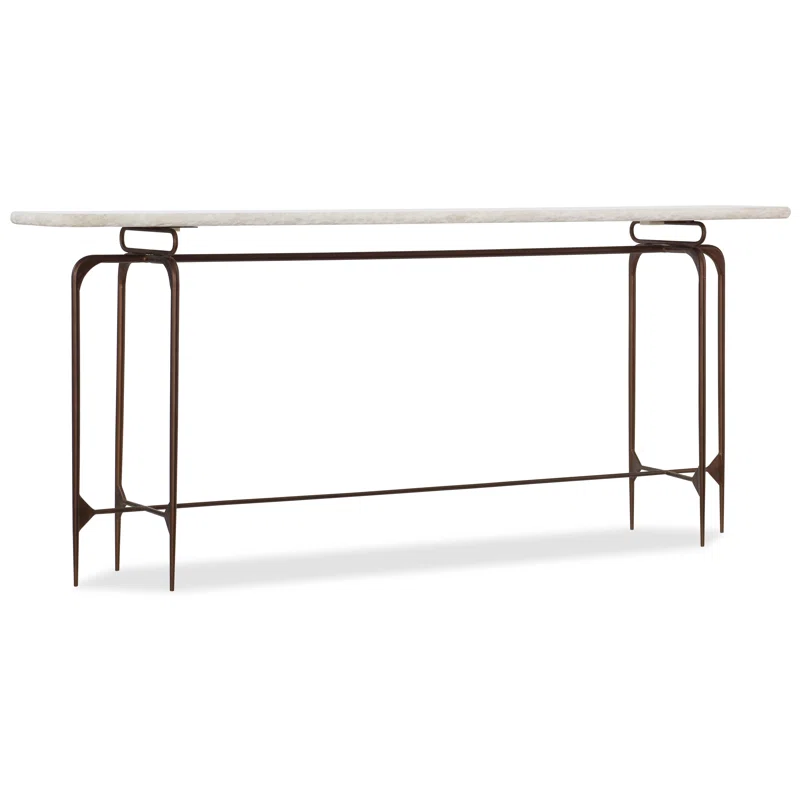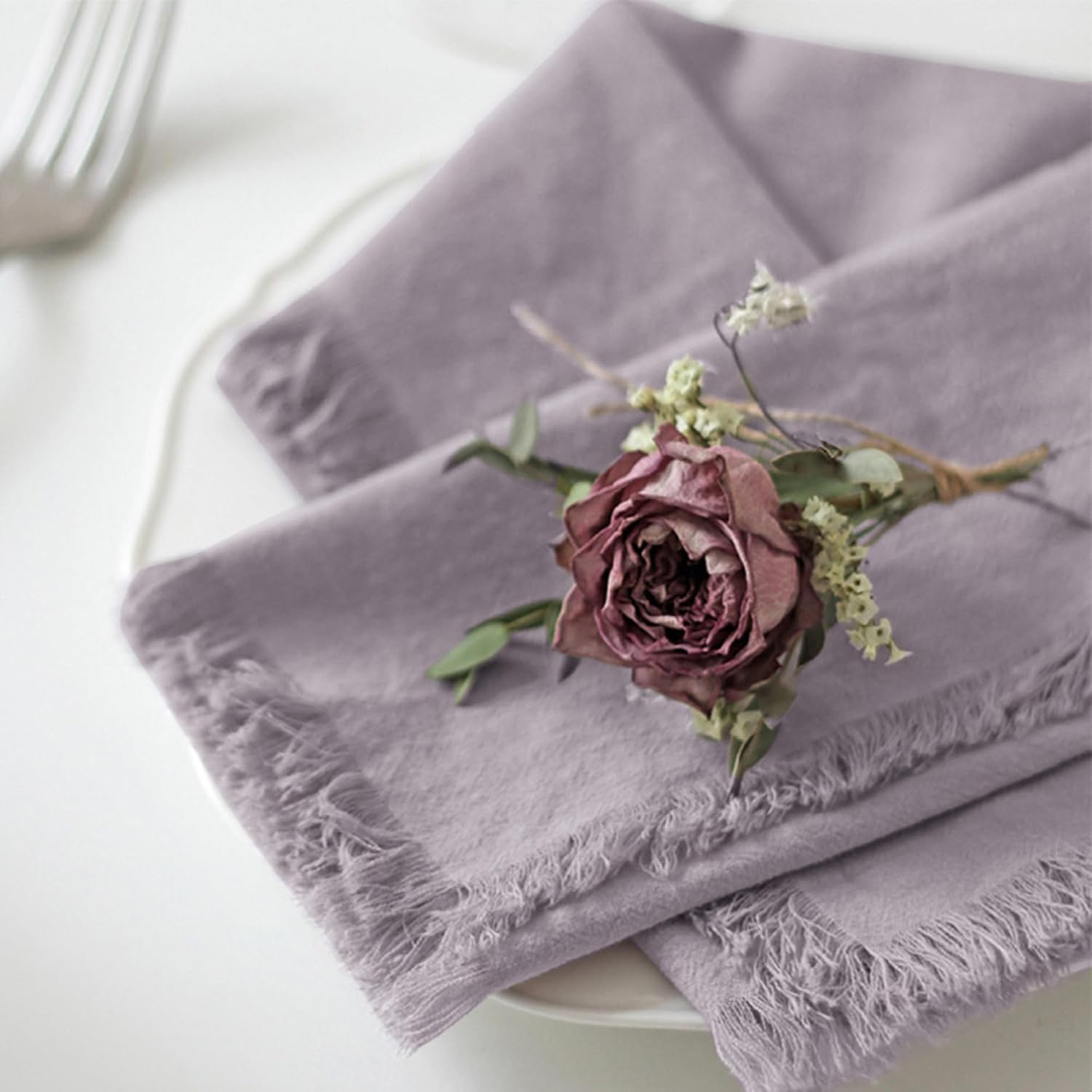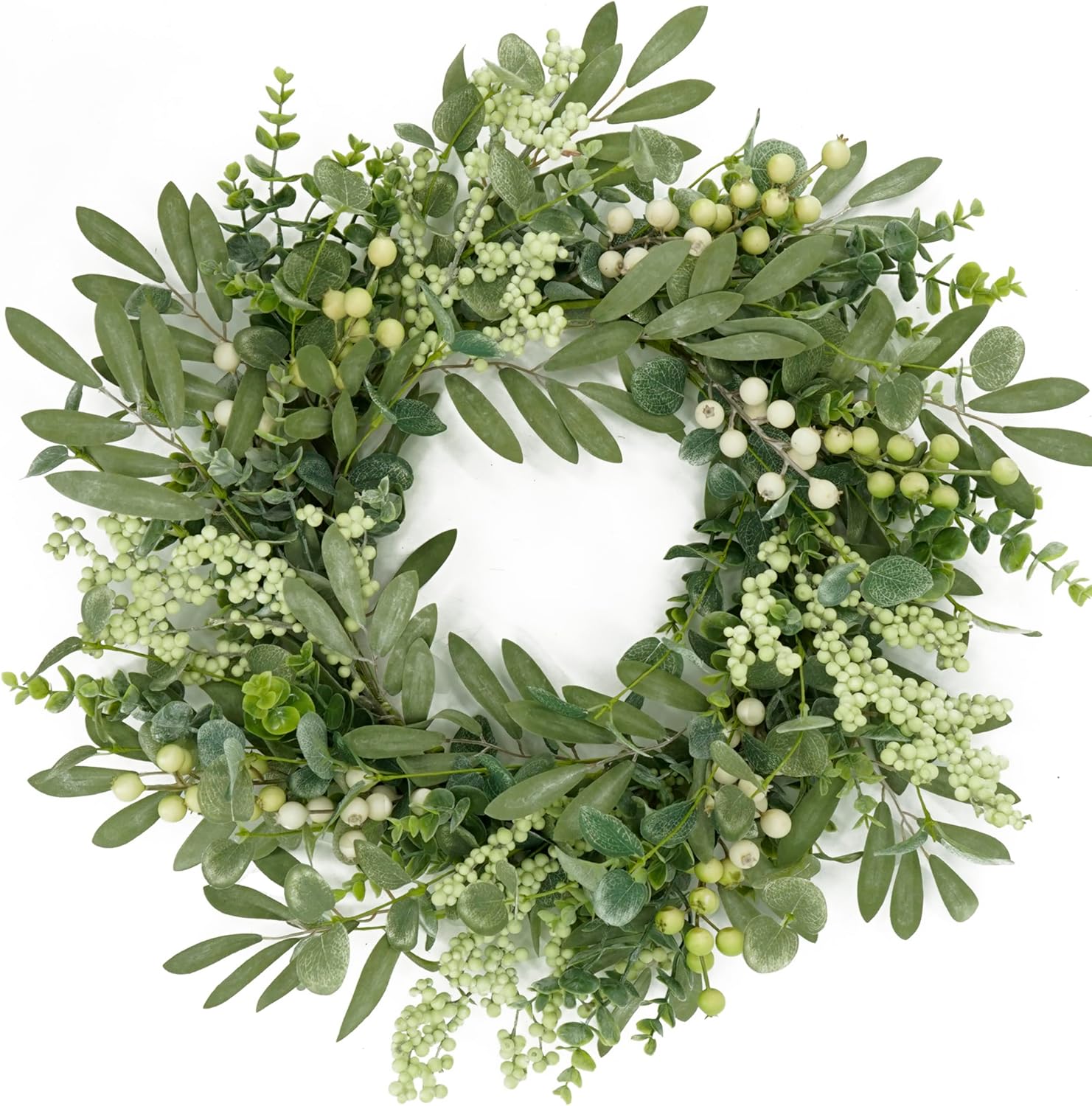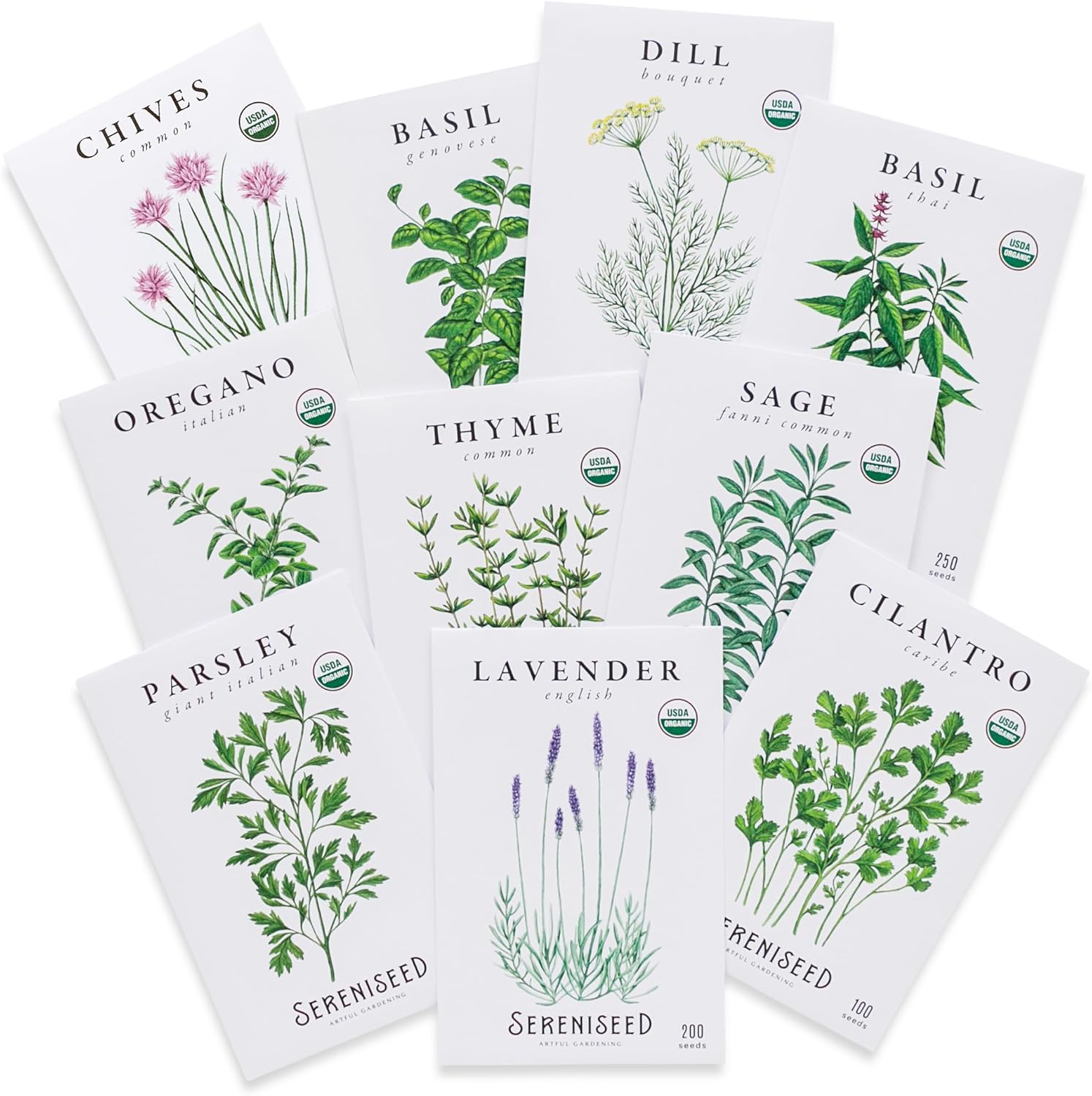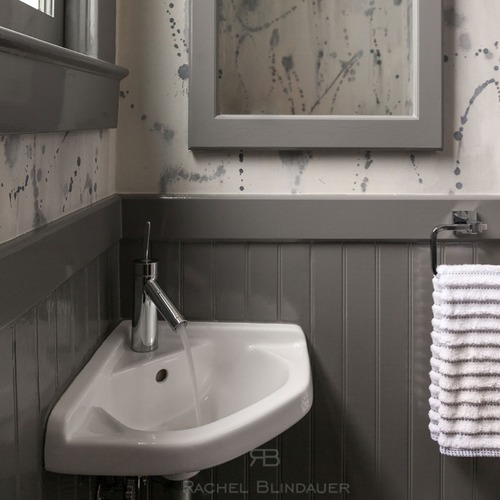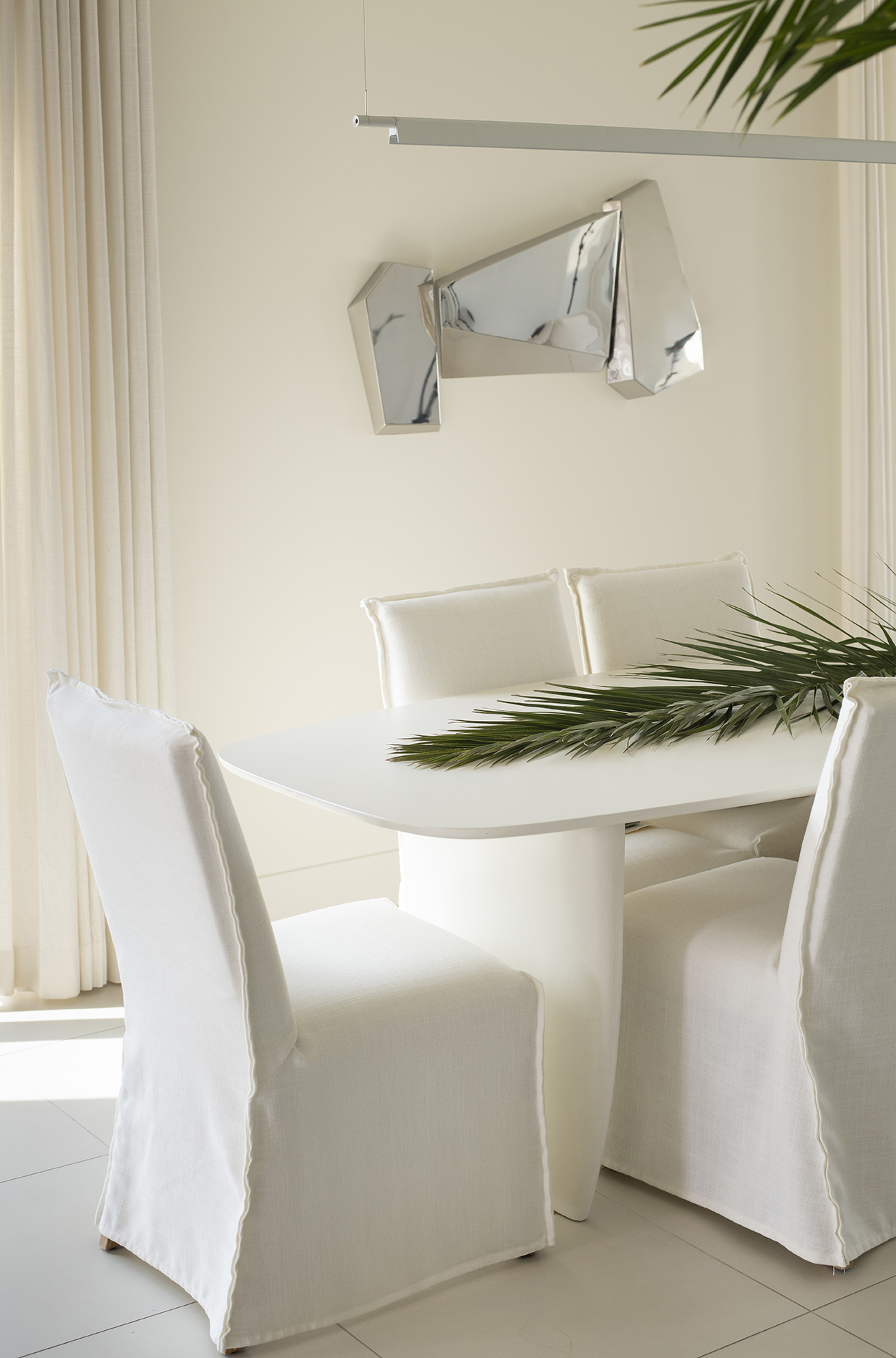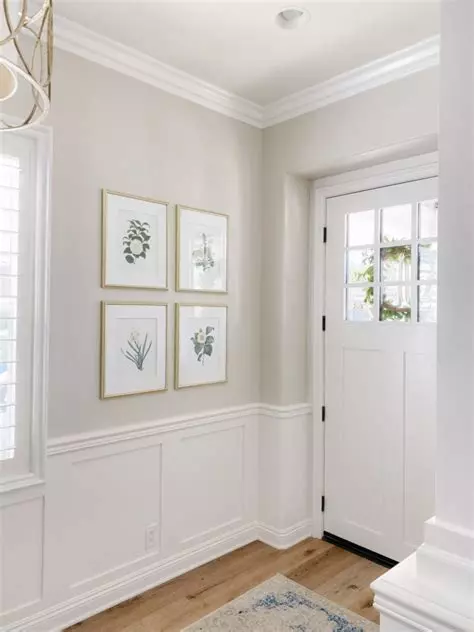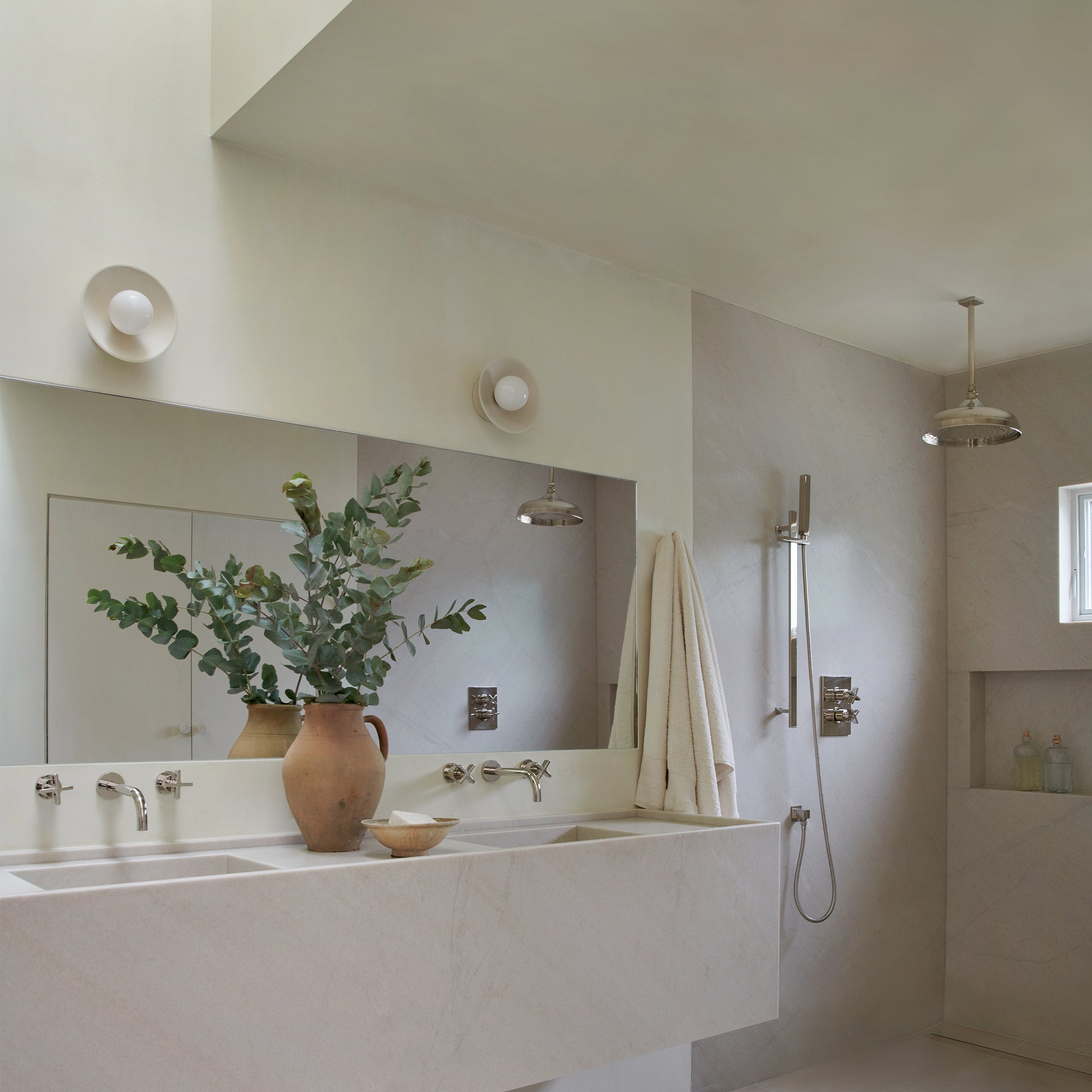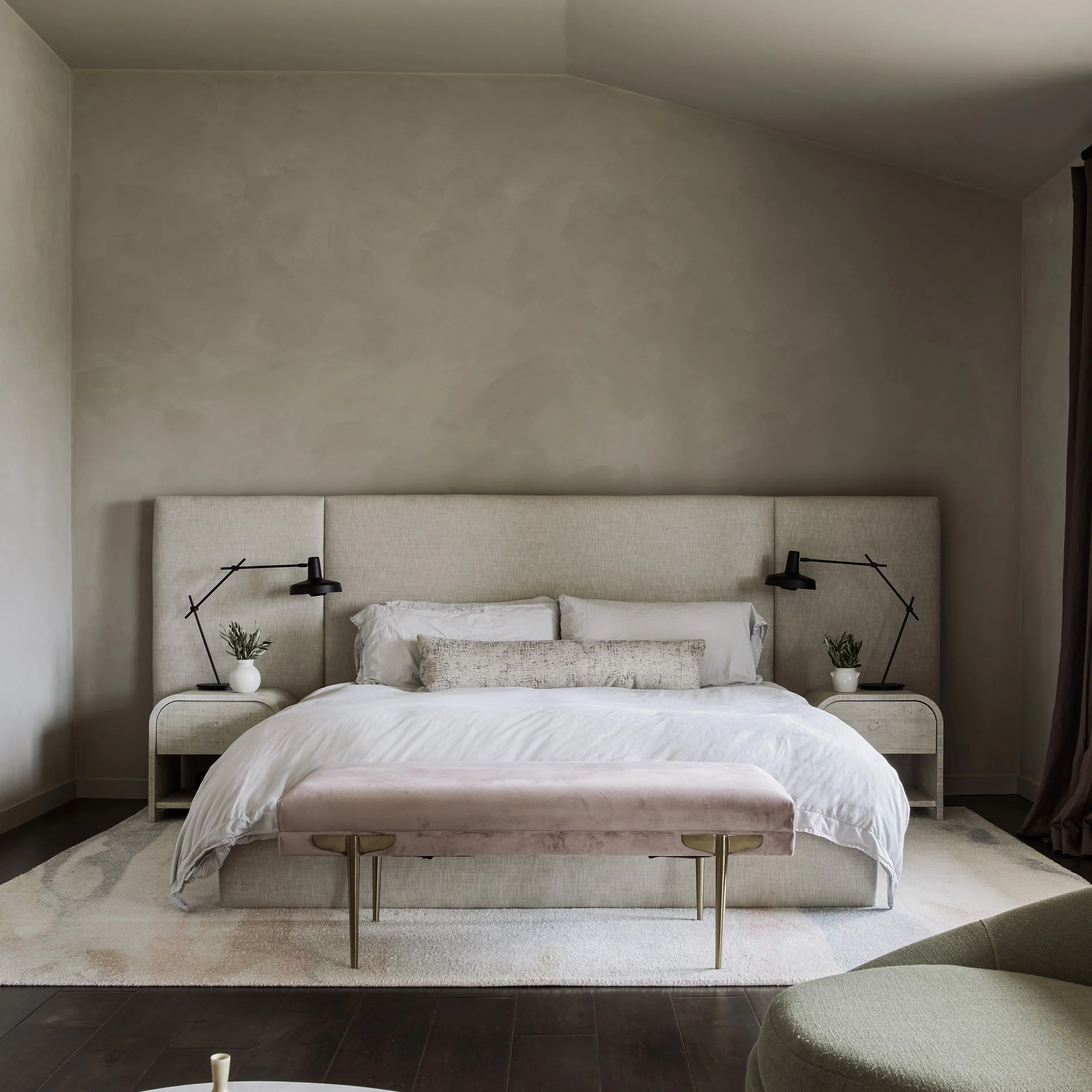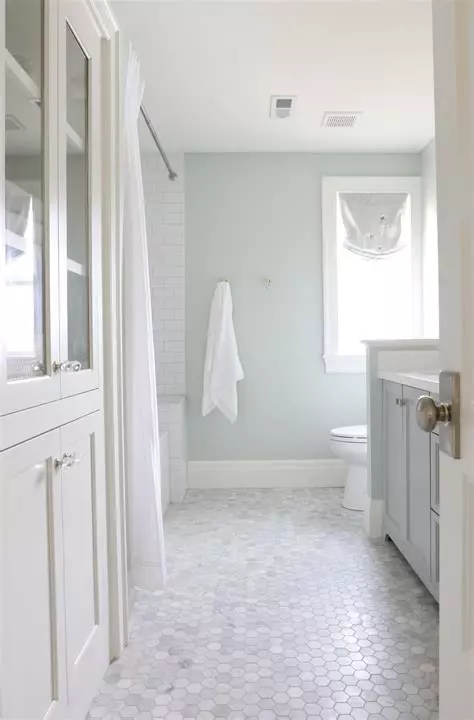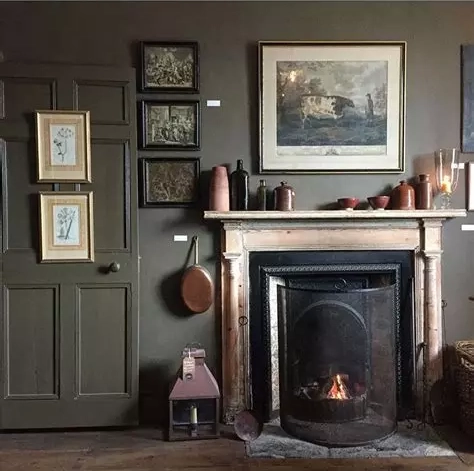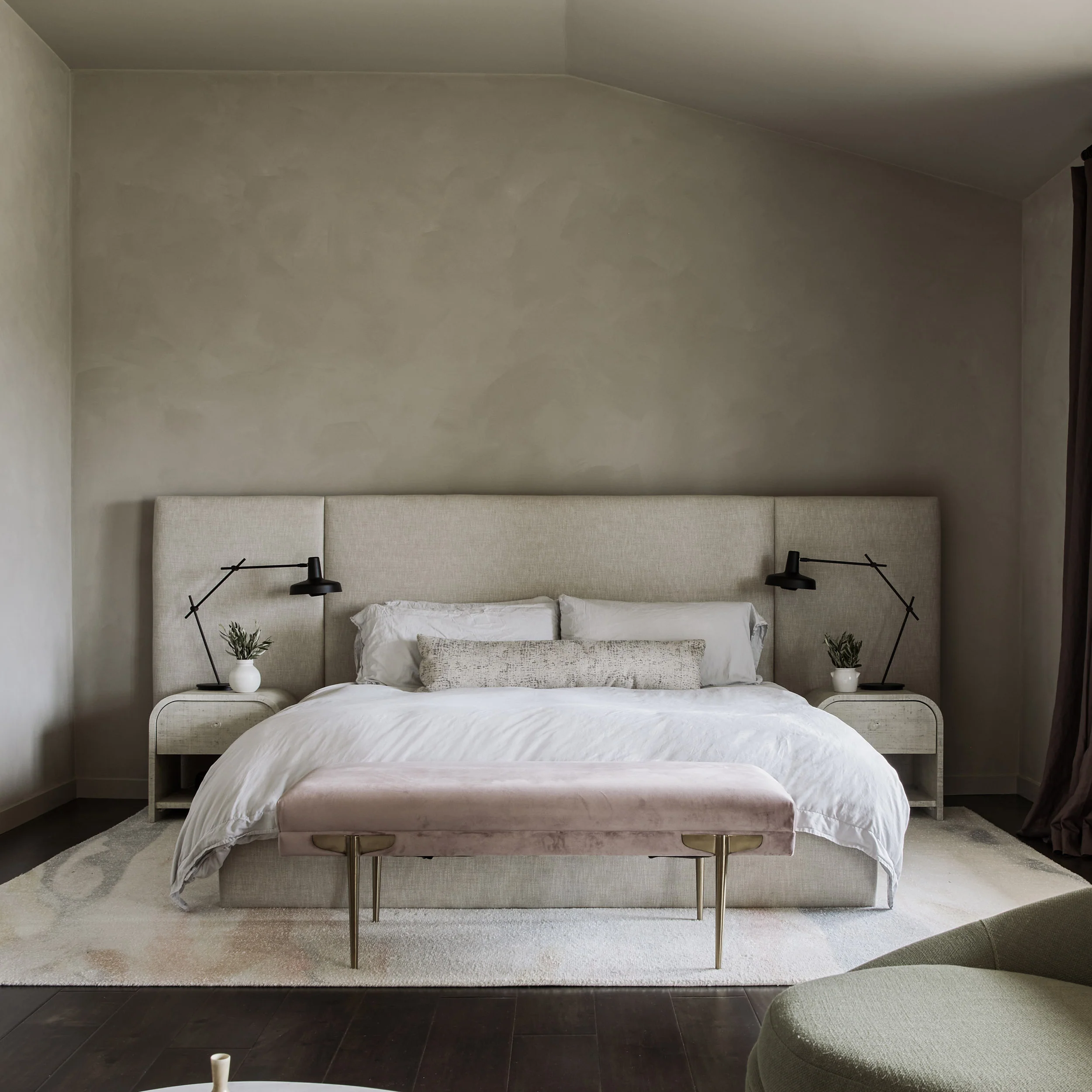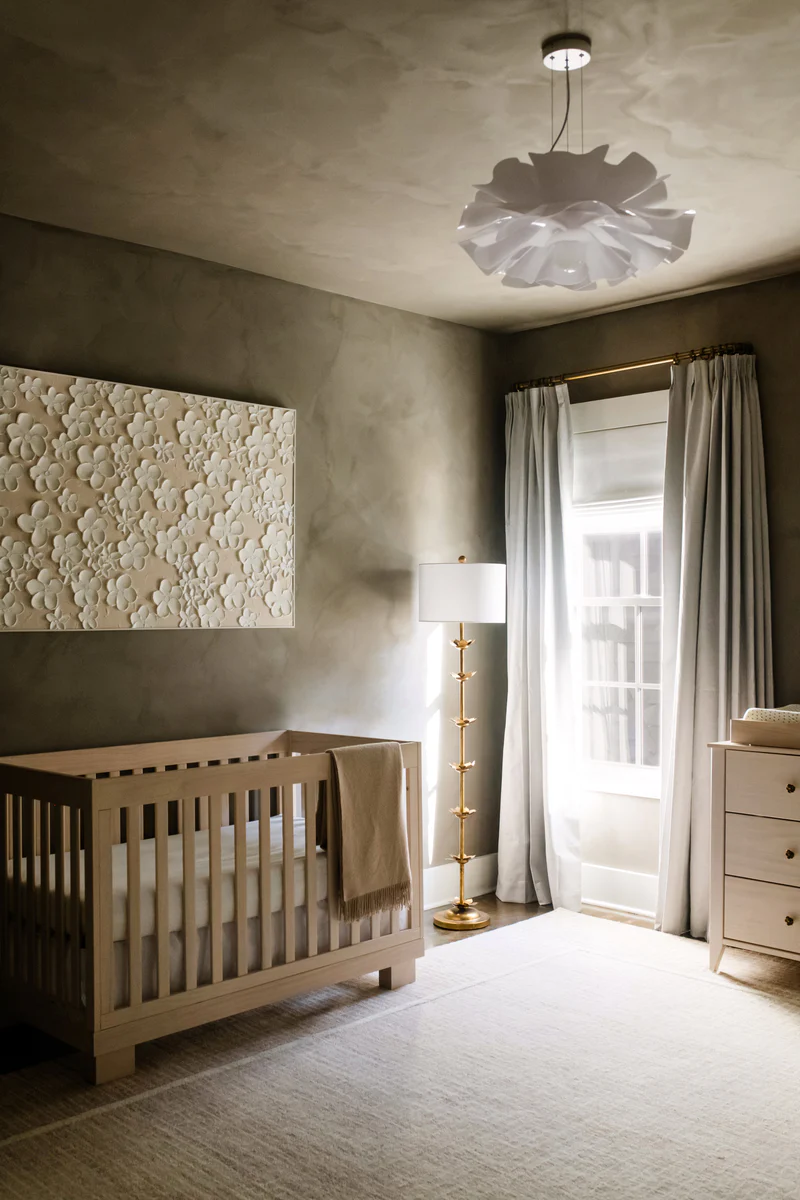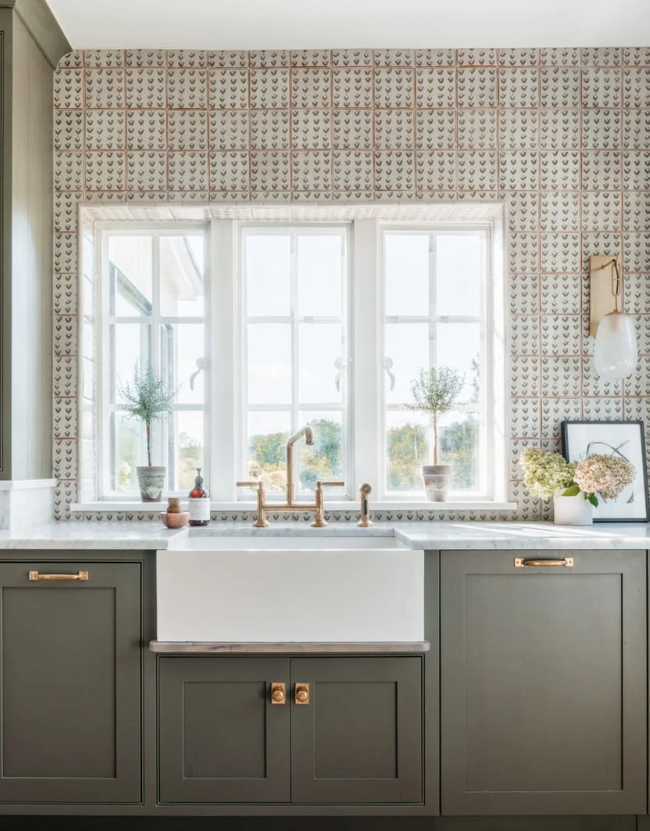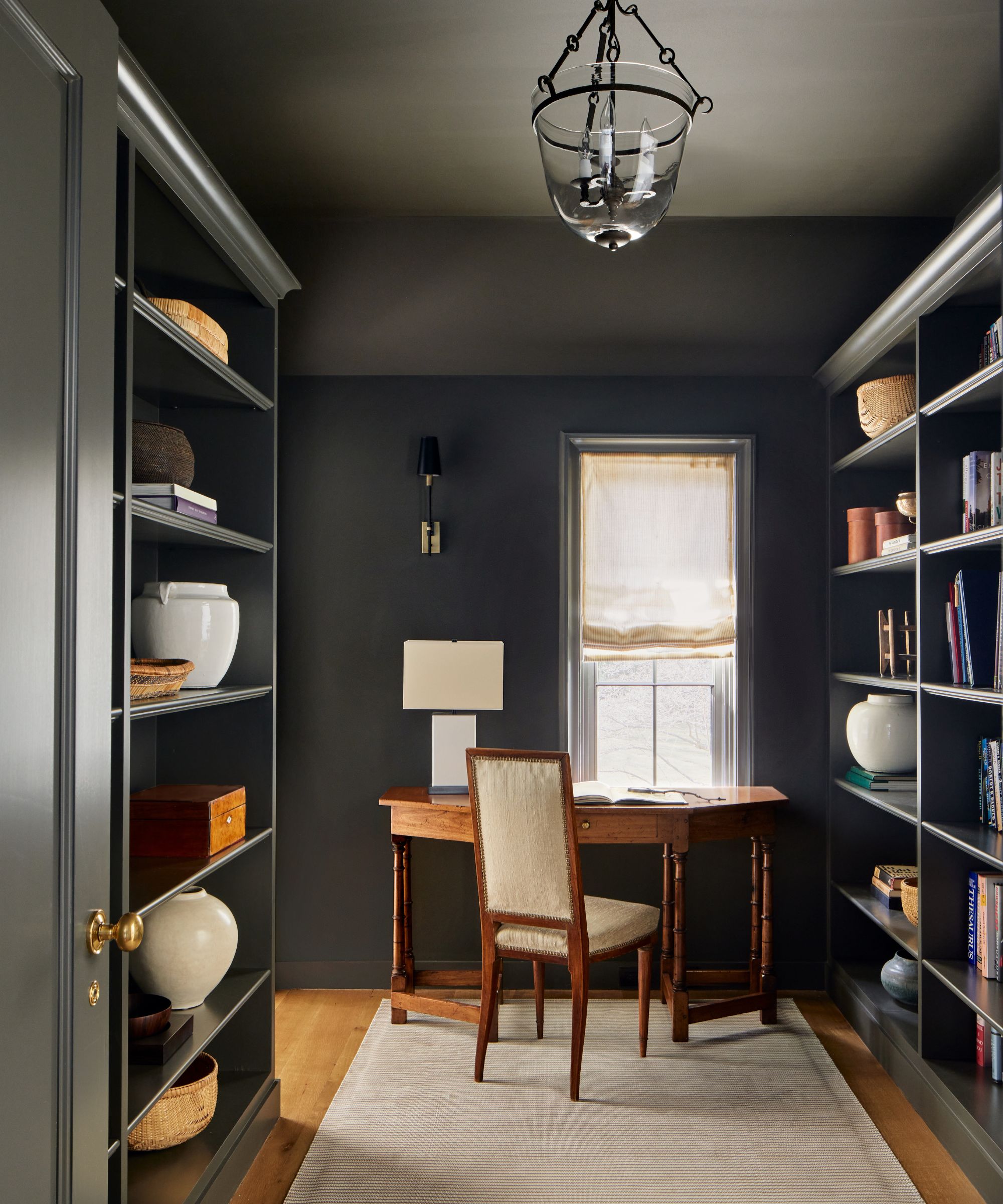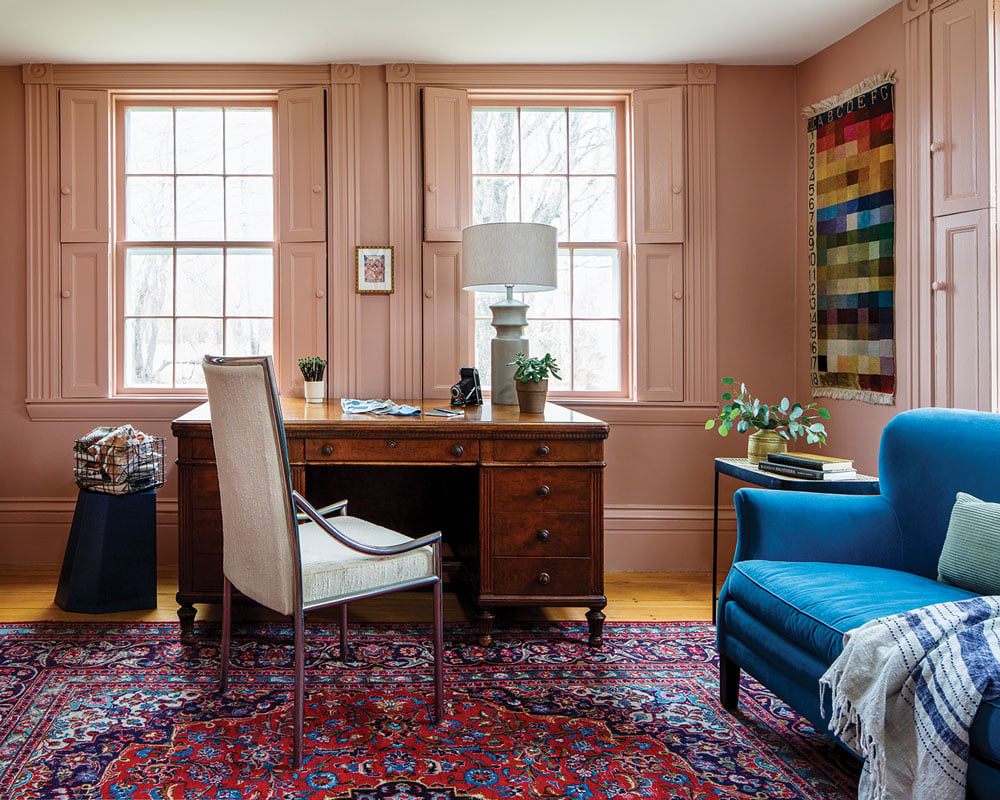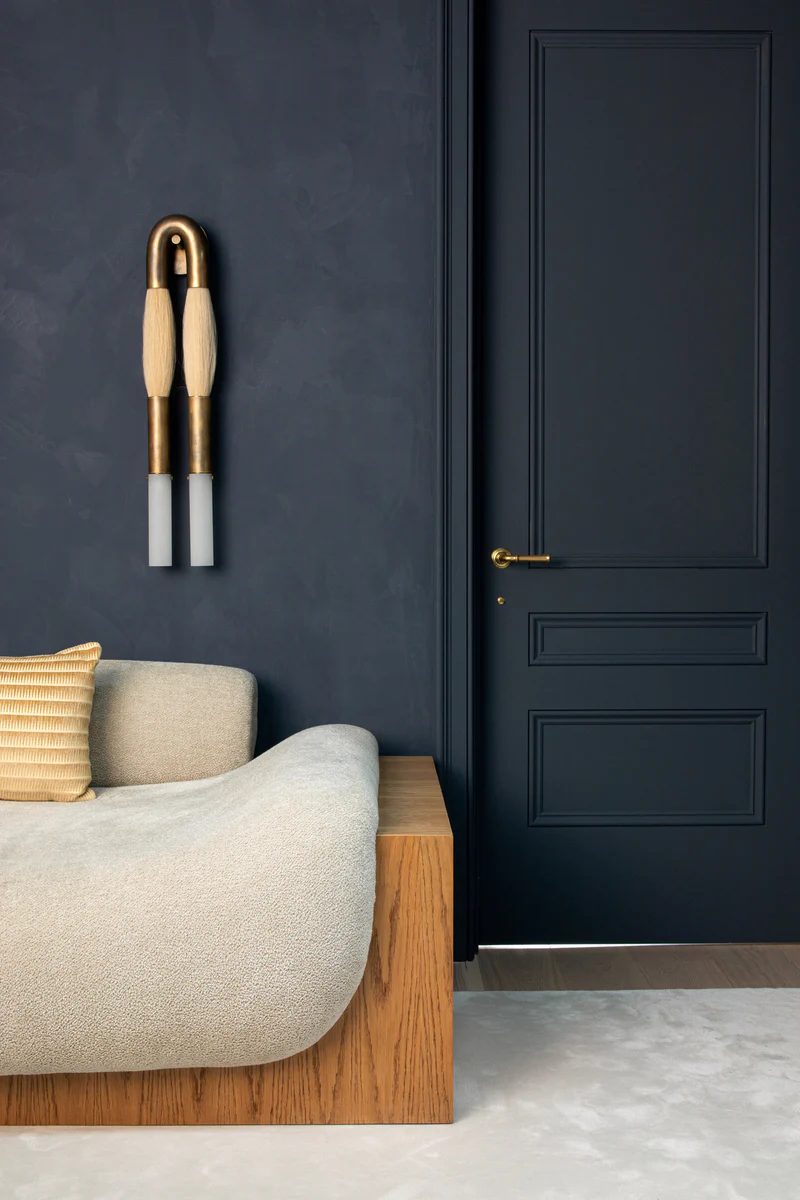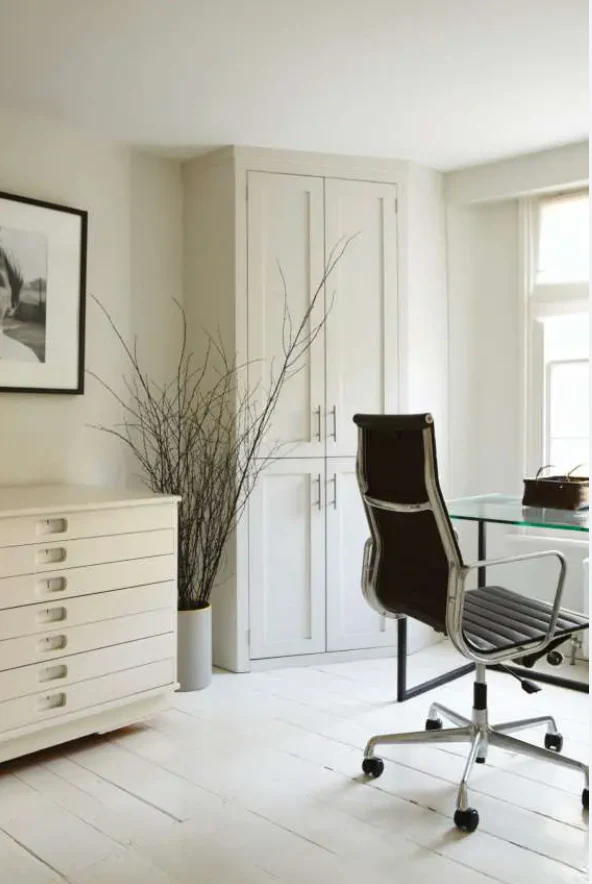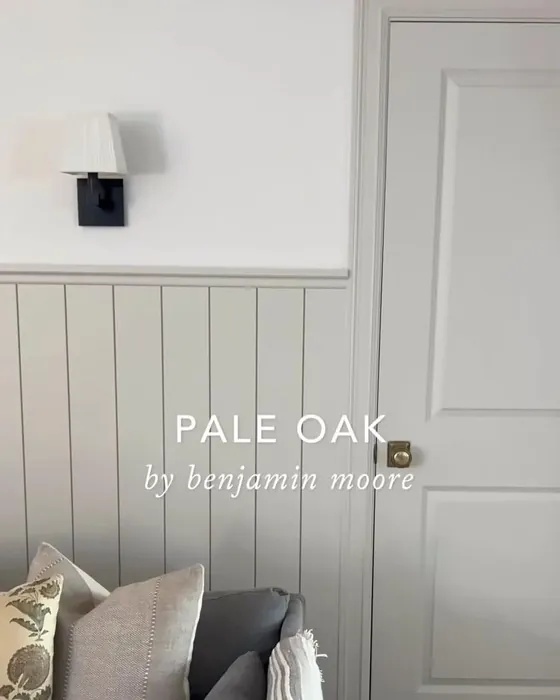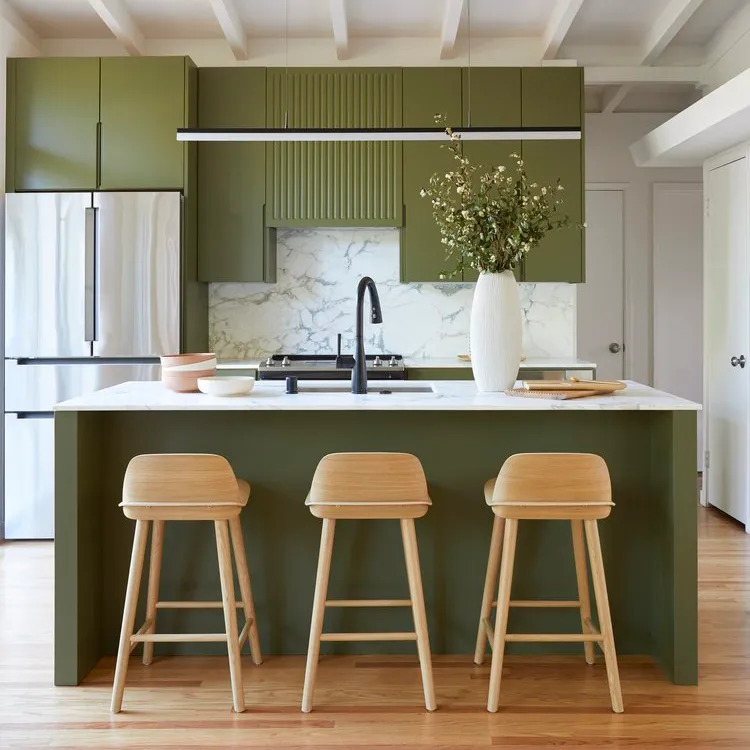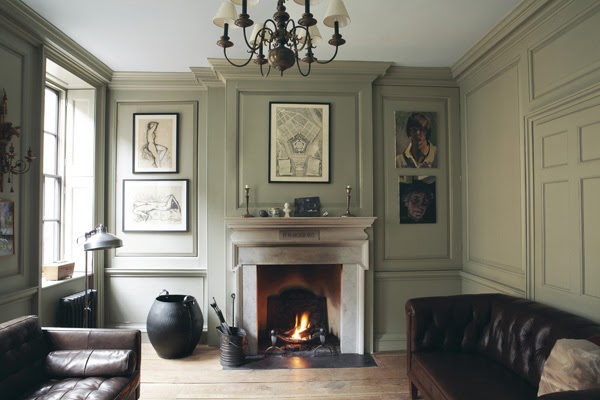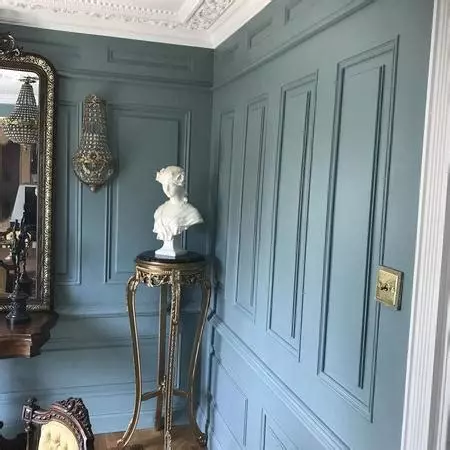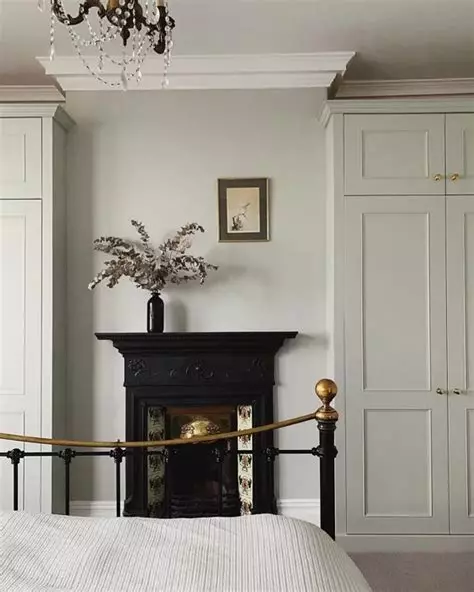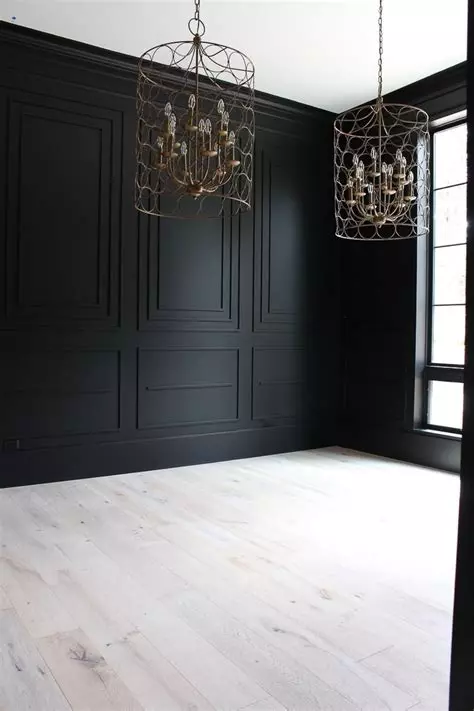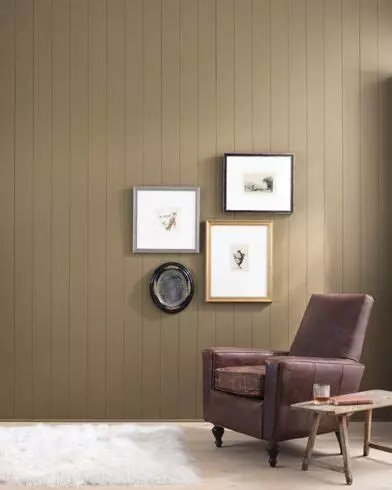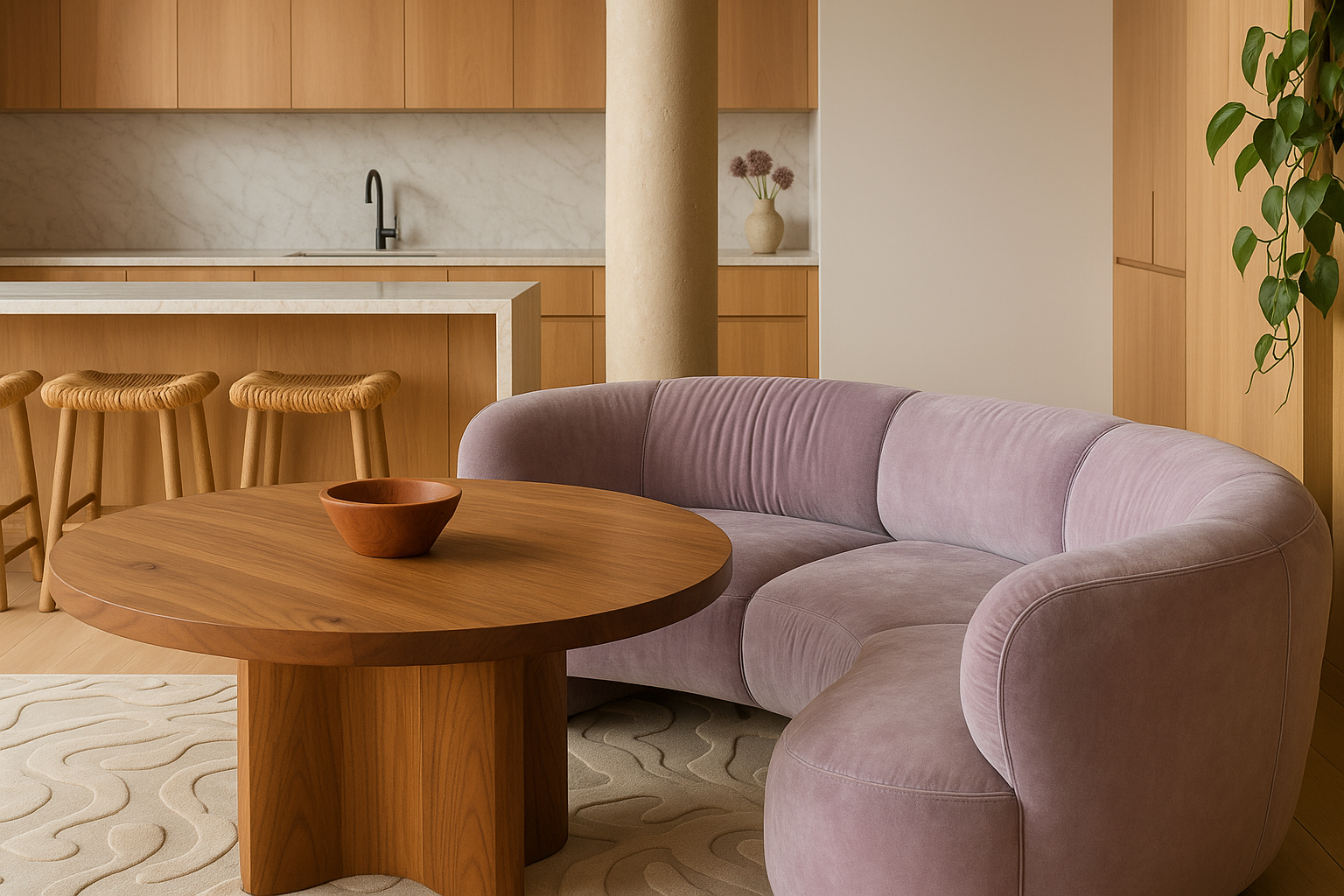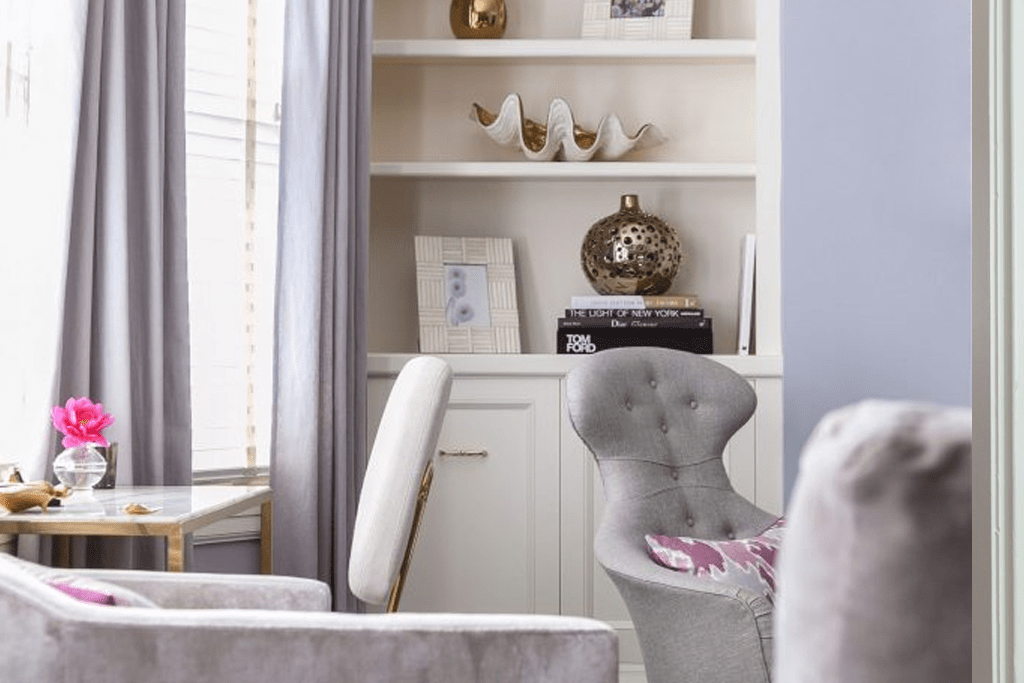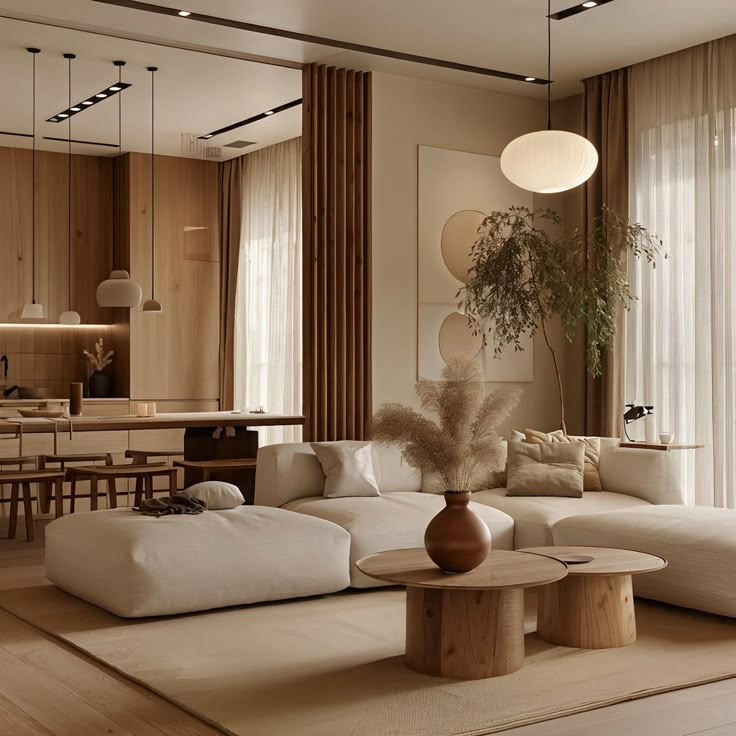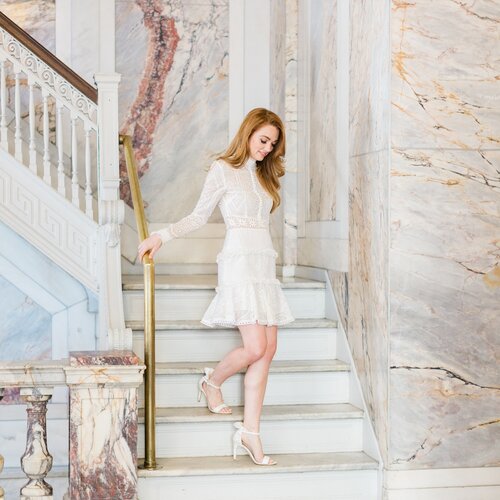
The Psychology of Color in Interior Design: How Hue Shapes Mood, Memory, and Meaning
There are rooms that calm you on contact. Others energize you. And then there are spaces you can’t explain—you just feel good in them.
That feeling isn’t accidental. It’s not just about square footage or expensive furniture. More often than not, what you’re responding to is something invisible but deeply powerful: color.
As an interior designer, I work with color the way some work with scent or sound. It’s a mood-setter, a storyteller, a subconscious message to the people who live there. And the difference between a house that photographs well and one that actually feels like home often comes down to how color is used—not just aesthetically, but psychologically.

Why Color Affects Us (Even When We Don’t Notice)
Color impacts how we feel long before we process it logically. Studies show that certain hues can affect heart rate, cortisol levels, focus, and even appetite. But beyond biology, there’s also memory, culture, and personal association: a yellow kitchen that reminds you of your grandmother’s pie crust, a navy bedroom that makes you feel safe, a green office that clears your mind.
Color isn’t neutral. But it can be intentionally grounding.

The Emotional Palette: What Different Hues Signal in the Home
Blue—Often associated with calm, intelligence, and trust. Pale blues open up a space. Deep navies can ground it. Perfect for bedrooms, offices, or anywhere you need to exhale.
Green—Balances the nervous system. Evokes nature, wellness, and stability. Great for living spaces, kitchens, and entryways where you want to feel connected.
Yellow—Bright, social, and energetic. In small doses, it’s uplifting. In excess, it can agitate. I use yellow strategically—a mustard velvet pillow, a ochre backsplash, not a whole wall.
Red—Intense and visceral. Best reserved for accents—a lacquered cabinet, a wine-colored rug. In the right setting, it can feel romantic and bold.
Neutrals—Not boring. Just subtle. Warm whites and layered taupes can create quiet, layered spaces that feel expensive without effort.
Black—Yes, black. It adds contrast, depth, and sophistication. I often use it in powder rooms, window mullions, or sculptural lighting. (You can find some of my favorite black-accented decor in the shop.)
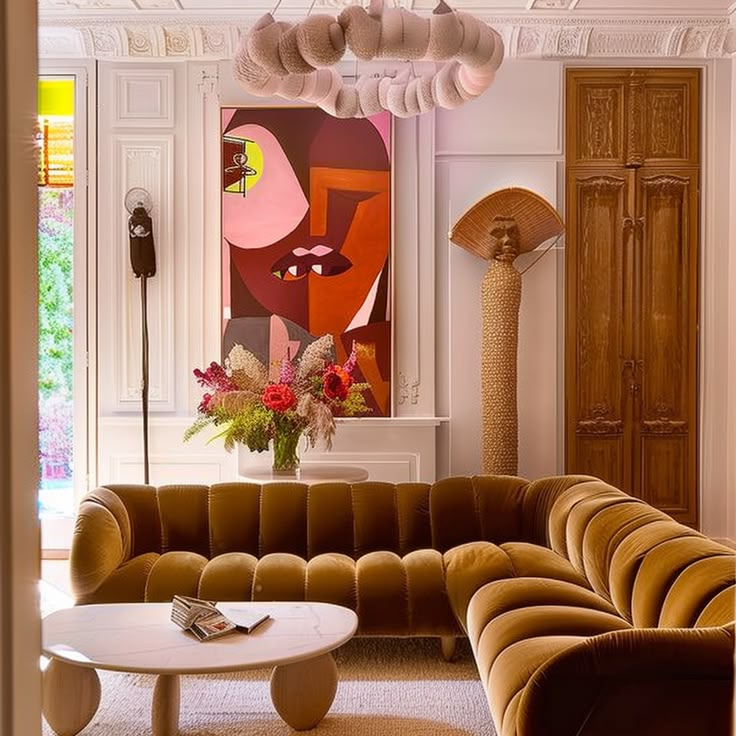
Using Color to Match Energy—Not Just Style
Designers often talk about color in terms of style: modern, coastal, bohemian. But the better question is: how do you want to feel in this space? Safe? Inspired? Grounded? Awake?
That answer tells me more than a Pinterest board ever could.
In my consultations, I often ask clients to describe their energy goals for each room. From there, we layer in hue, material, and light to create a space that supports the way they live. Because true design isn’t just visual. It’s behavioral.
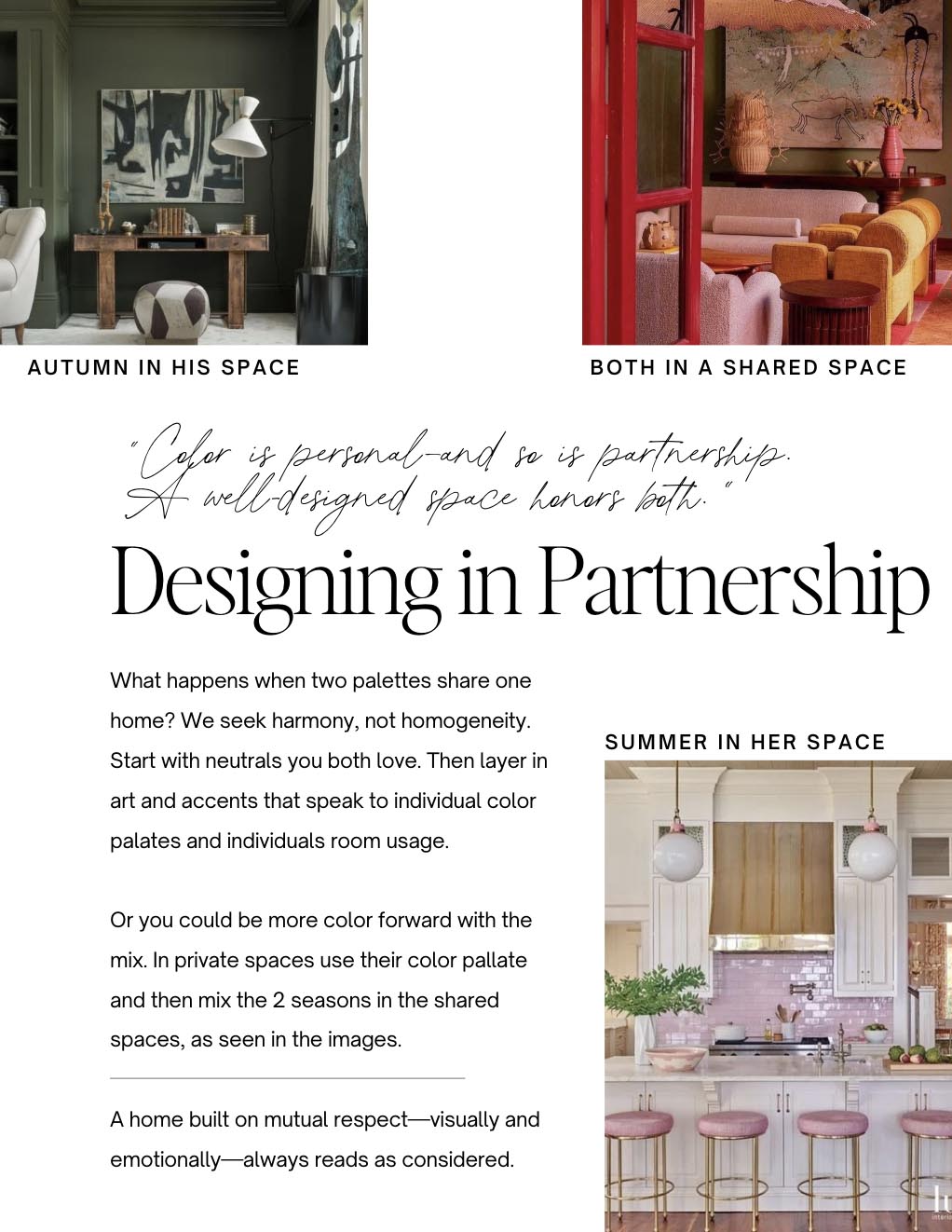
The Couples Conundrum: When Two Palettes Collide
Color is personal. And when designing for couples, it’s not uncommon to find clashing emotional associations. One partner may feel calm in gray. The other may find it depressing. The solution isn’t compromise. It’s layering.
I build palettes that bridge both nervous systems. Softening edges with texture. Finding tonal overlap. Adding depth through neutrals that can stretch across both personalities. Because the most successful rooms aren’t designed for one person. They’re curated for connection.
Small Changes, Big Impact
You don’t need to repaint your entire home to benefit from color psychology. Often, a shift in one hue—a new rug, a deeper cabinet, a warmer lightbulb—can change how a room feels.
I designed this whole collection with color harmony in mind. You’ll find pieces that pair beautifully with every seasonal palette, but more importantly, create a mood that lasts.
Final Thought: Color as a Mirror
Color isn’t decoration. It’s identity. It reflects back who we are, what we need, and how we want to feel. When used with intention, color creates alignment. Between your space and your self.
And in that alignment, something beautiful happens: your home begins to feel like it knows you.
SOMETHING FOR EVERYONE
THE PIECES RACHEL RETURNS TO, AGAIN AND AGAIN

